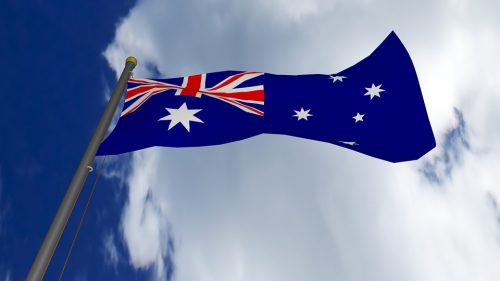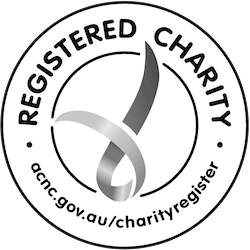It must have been a slow news day, or maybe the opposition leader, Peter Dutton, wanted to be the first to grab the New Year headlines. In early January, Woolworths announced it would no longer sell Australia Day-themed merchandise. It seems that revelation was too much for some of my culture-warrior friends, who started to protest at the attack on Australia’s national day.
Woke Woolies
Rather than an attack on Australia Day, Woolworths’ decision was because of “a gradual decline in demand” for Australia Day merchandise from their stores over recent years. It was a business decision rather than a protest. Peter Dutton admitted he won’t be wearing Australia Day thongs. For the record, I won’t be sporting them either. (For my American readers, thongs in Australia are flip flops, not skimpy undergarments).
Mr Dutton accused the anti-Australia Day brigade of shaming families into not celebrating the holiday. Those of us who would like to observe our national day on another date are a bunch of “woke whingers and s**t stirrers.” That’s not very nice, Mr Dutton.
It’s worth noting that the word “woke” has its origins amongst America’s black population in the 1930s and 40s. It was slang that encouraged black people to be vigilant to physical danger. Later, it was adopted by white people who wanted to stand with their black brothers and sisters in their fight for justice. Sadly, the word was then co-opted by right-leaning people and used as an insult.
Australia Day
Is Australia Day under attack by Woolworths, and we woke whingers? A glance at history provides the answer.
The first historical records of celebrations on 26 January happened in 1808, twenty years after the first fleet arrived from Great Britain. The first official national day, called Australia Day, was on 30 July 1915. Did you follow that? Australia Day was first celebrated in July and not January.
The first Australia Day was a day to raise funds for the World War I effort. In the decades following, different states held celebrations on various dates: 1 or 28 December, 1 June, or 28 or 30 July.
From 1935, all states and territories celebrated on the same date, although various names were still used (Foundation Day, Anniversary Day, or Proclamation Day). Australia Day officially became a public holiday for all states and territories in 1994 when Peter Dutton was 24.
Protesting the Date
First Nation peoples have been protesting white settlement for almost a hundred years. The first official’ Day of Mourning’ was held by the Australian Natives Association on 26 January 1938, marking the 150th Anniversary of white settlement.
British pastoralists established Wave Hill Station on the Gurindji lands in the 1880s. Mounted police assisted in settling the lands by killing any Indigenous people who dared to resist the invasion of their homes. Indigenous people were unpaid, had deplorable working conditions, were beaten or killed for defying the landowners, and the women were often used as sex slaves. The isolation of the Station allowed this treatment to continue for 80 years.
Then, on 23 August 1966, Wave Hill workers and their families, led by Gurindji spokesman Vincent Lingiari, walked off the Station and began their protest. The protest lasted nine years when Vincent toured Australia to lobby politicians and galvanise support. The victory was achieved in 1975!
The protest is immortalised by the song, “From Little Things, Big Things Grow,” by Australian Paul Kelly.
Treaty
In 1835, a treaty was made between John Batman and the Aboriginal people. There was an exchange of goods and blankets for 250,000 Ha of land. However, this Treaty was never recognised by the authorities, and so Australia remains the only Commonwealth national government that has yet to sign a treaty with its Indigenous people.
Tasmanian Aboriginal writer and activist Michael Mansell said, “A treaty would break the 200-year-old cycle of governments not negotiating with the Aboriginal people…It would say, ‘we’re no longer just going to do things to them, but that they’re included and empowered.”
A Treaty would provide a framework for negotiations on indigenous issues such as welfare, employment, education, health and land ownership.
The Future
In 2017, Aboriginal and Torres Strait Islander leaders gathered at the National Constitutional Convention, coming from all points of the southern sky to make a statement from the heart. It’s a stunning and gracious declaration we heard much about last year in the failed First Nations Voice referendum. The failure of that referendum is not the end of Indigenous recognition, truth-telling, and Treaty.
26 January is an annual event that rubs salt in the wounds of Australia’s Indigenous peoples. To many of them, it is a commemoration of a profound loss. What harm would it do to celebrate Australia Day on another date as it was in times past so that everyone could celebrate this wonderful country together? It’s not about being a woke whinger, but instead, it would be a tremendous act that expresses the Golden Rule and the Royal Law found in Scripture that encapsulates the nature of Jesus and the call of Christians.






